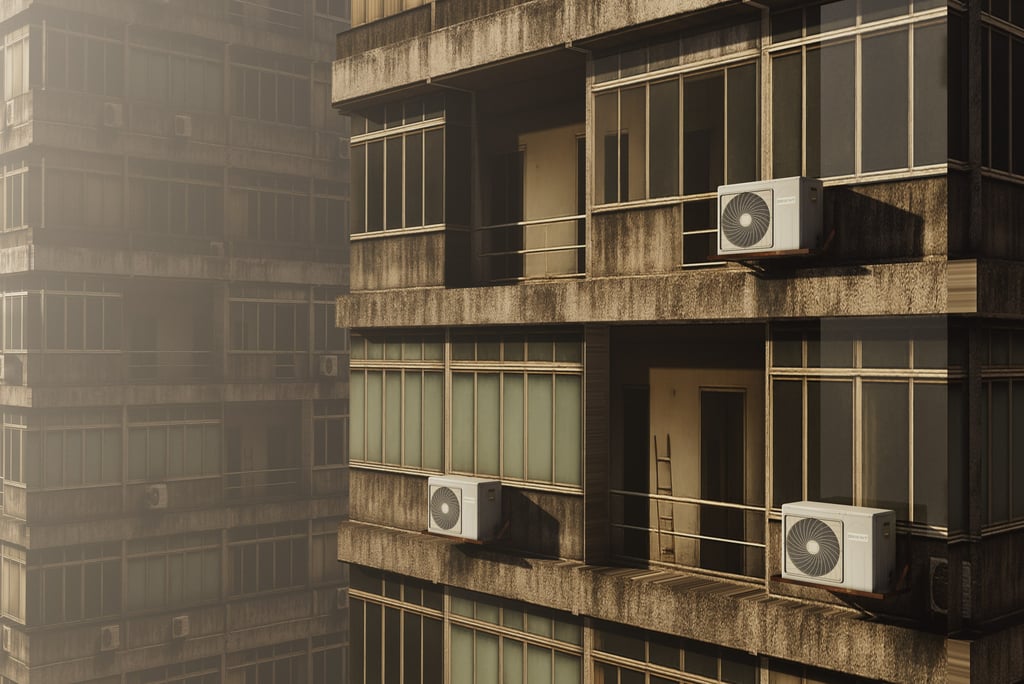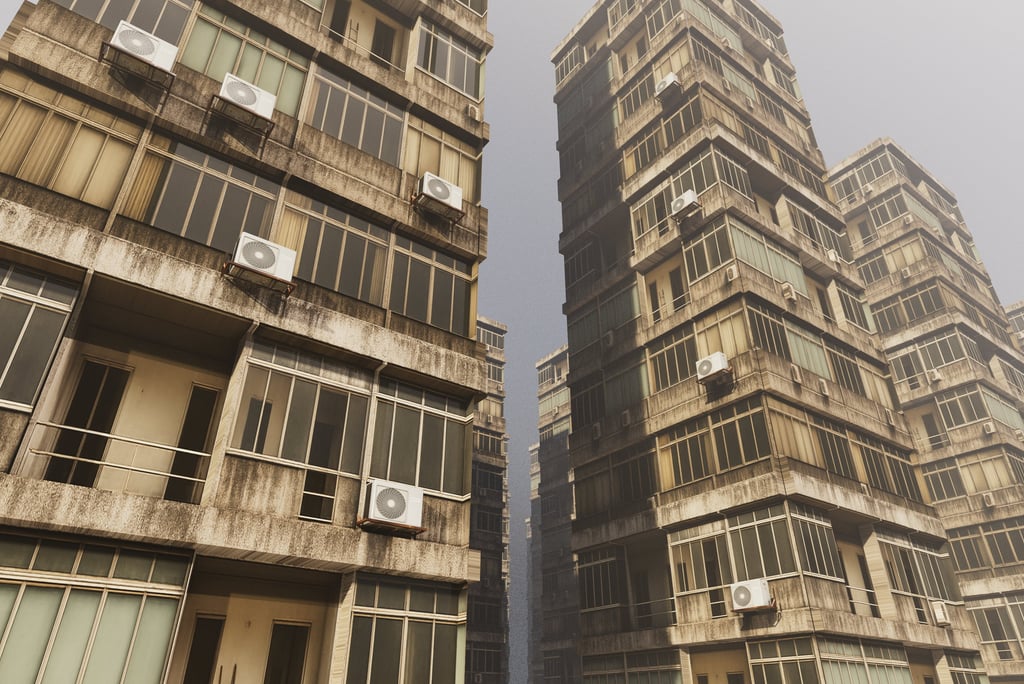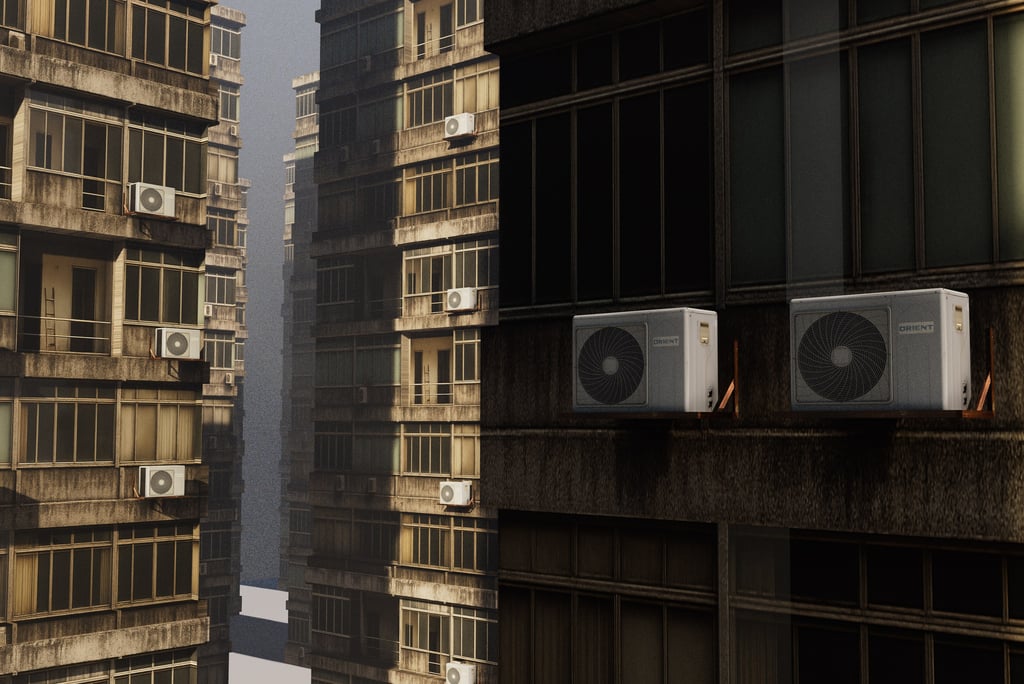Building Virtual News Spaces Faster: A Smart Way to Create 3D Environments
SPRING QUARTER 2025
As part of my PhD research and a class project for New Media, I’ve been working on how to create virtual environments that simulate real-world news events. These kinds of 3D scenes can help people understand complex stories in a more visual, immersive way.
But here’s the challenge: building realistic 3D worlds usually takes a long time. Every little detail—from windows to walls to tiny textures—needs to be modeled. That’s not always possible when you’re on a deadline. So in this project, I explored ways to speed up the process without losing visual quality.

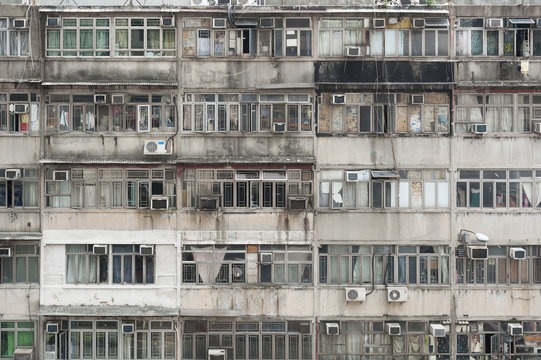

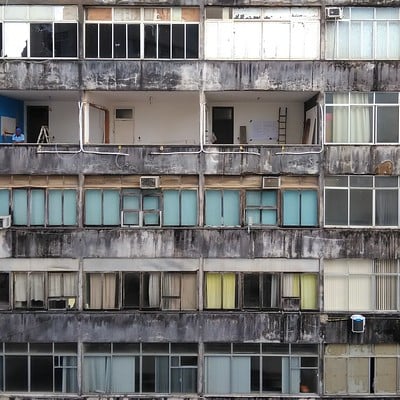

Using Journalistic Photos as References
One of the most important steps in my process is gathering real reference images—photos taken from actual news reports. These pictures show real places, real damage, real life. They help the scene feel authentic and emotionally powerful.
However, I don’t use the original photos directly. Instead, I recreate them using AI tools.
This does two things:
It avoids any copyright issues.
It creates clean and clear textures that match the style I want.
These AI-generated images still carry the same emotional tone as the originals, but they are fully usable in 3D modeling. It’s like keeping the soul of the photo, but giving it a new, digital body.
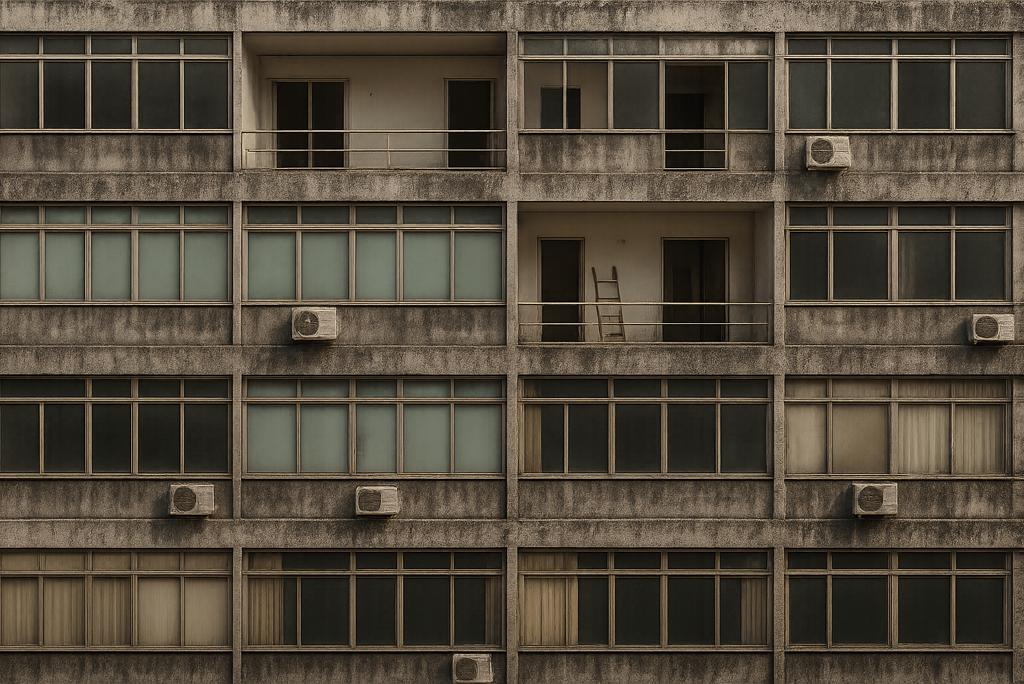

What’s Texture-Based Modeling?
It’s a simpler and smarter way to build. Here’s how it works:
First, I choose the type of building and the emotional style I want the scene to have.
Then, I apply the AI-generated image as a texture onto a flat 3D surface (called a “plane”).
This creates the illusion of depth—windows, doors, materials—without modeling every part.
To make it look more real:
I add some depth using simple modeling tricks like extrusion (pushing parts out).
I duplicate the same plane on all sides of the building.
To build multiple floors, I use a cloner that stacks the same unit over and over.
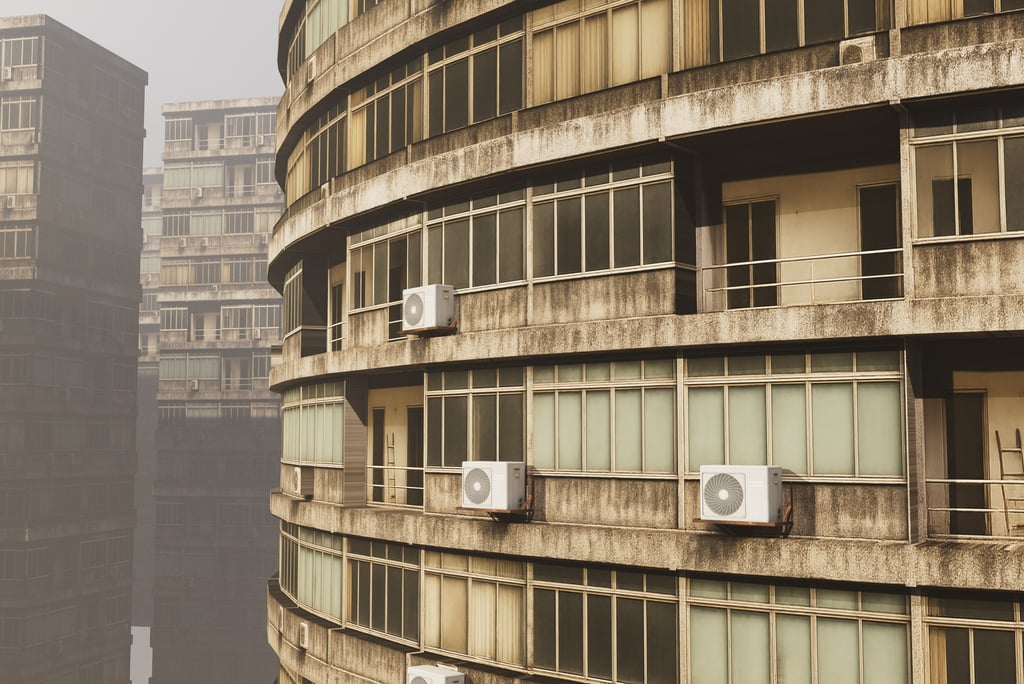

Why Is This Useful?
This method:
Is fast
Looks realistic
Runs well in real-time scenes
Saves time without sacrificing detail
In short, it’s a great balance between speed and quality. Perfect for interactive journalism, educational games, or even storytelling platforms.
Style Frames Created by This Simple Image
